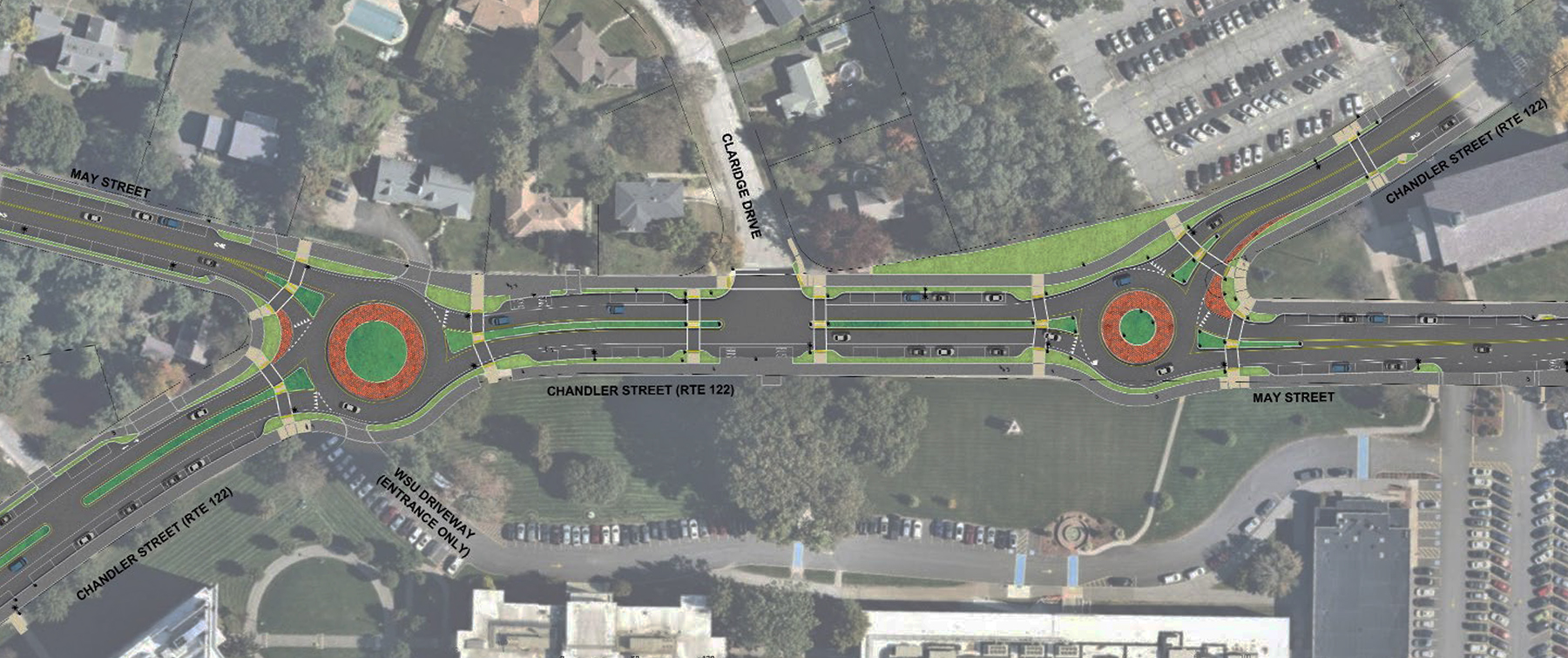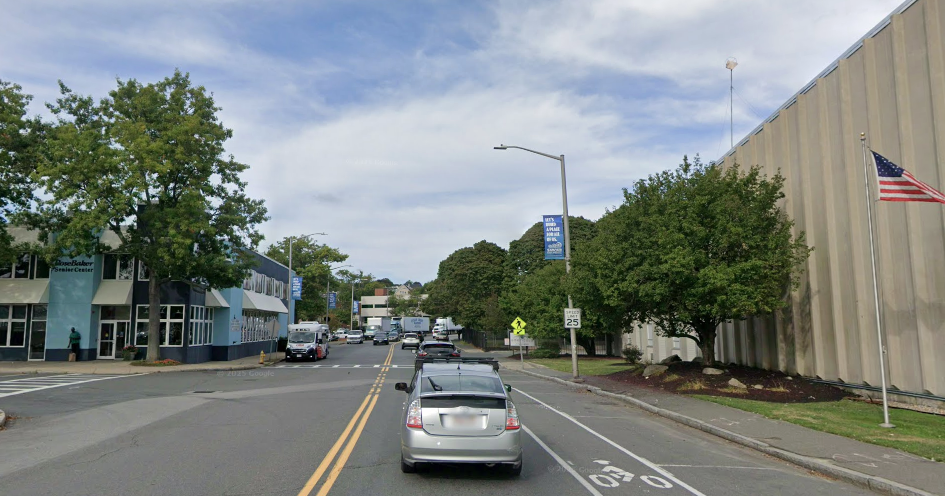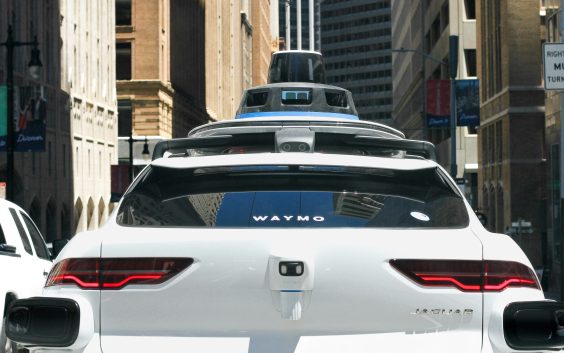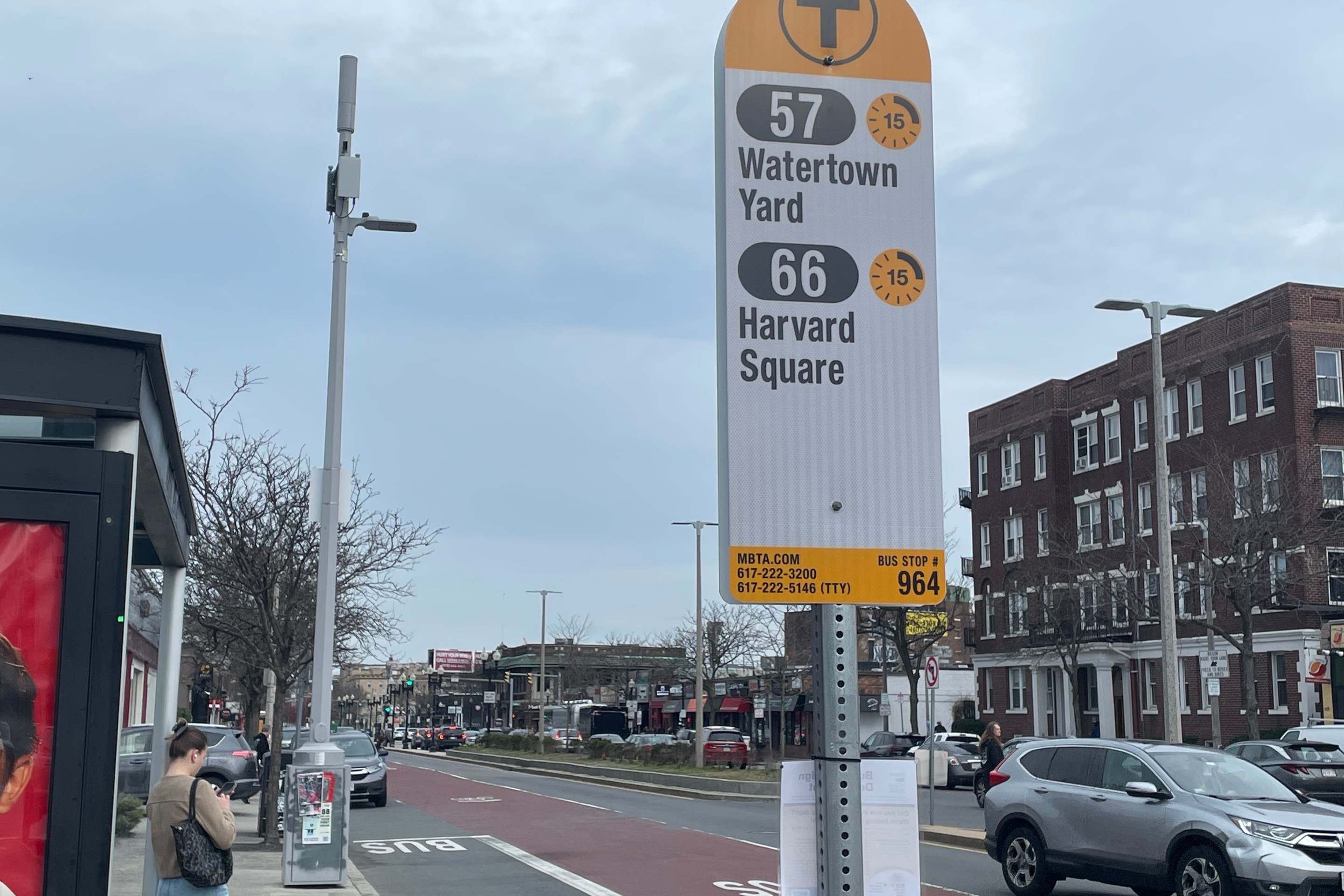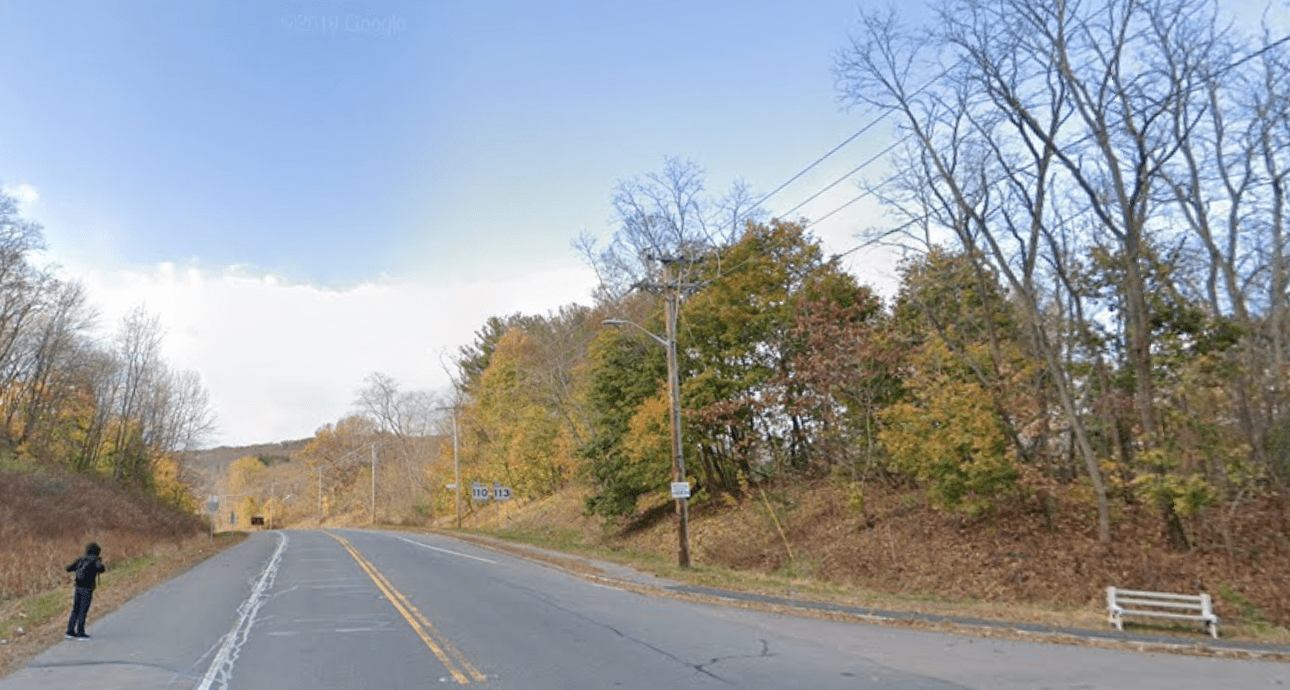Last week, MassDOT shared their plans to convert a dangerous pair of intersections on Worcester’s west side to two roundabouts in an effort to improve safety and provide better pedestrian and bicycle accommodations next to the Worcester State University campus.
May Street and Chandler Street are both east-west streets that cross Worcester’s west side and cross each other in a 500-foot-long overlap at the main entrance to the Worcester State University campus.
That overlap creates two wide intersections where the two streets converge at sharp angles - a design that encourages reckless speeds for motor vehicle drivers and creates long, unprotected crosswalks for pedestrians to negotiate.
According to MassDOT’s crash records, there have been 11 crashes recorded in the area since 2019, but an unusually high proportion of those crashes - 5 of the 11 - have maimed or killed people.
The worst of those crashes occurred in November 2019, when a drunk driver who was allegedly driving 60 mph through the area struck and killed Devalter Rocha of Framingham in one of the intersection’s crosswalks.
“Currently the area has little to no bicycle accommodations, and pedestrian safety while crossing the street is pretty bad. There are no pedestrian refuge islands to help pedestrians cross midway,” said MassDOT project manager Hung Pham during a virtual public hearing for the project last Wednesday.
To address these issues, MassDOT is proposing a $6 million project to rebuild the two intersections and the 500-foot section that connects them with two new roundabouts. The proposed project includes:
- A narrower roadway to calm traffic
- A raised median with plantings
- A 10-foot shared use path with a grass buffer
- Shortened crosswalks with bump-outs and a median refuge
- Defined on-street parking
- New pavement markings and signage
- Pavement rehabilitation
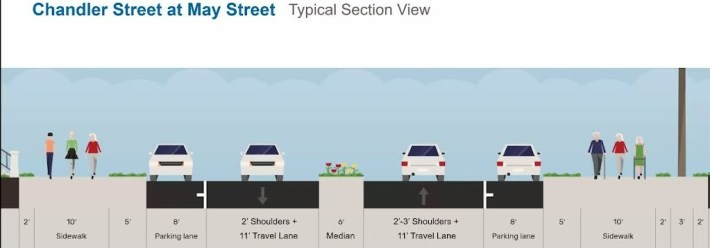
Christine Champeau, P.E., assistant chief engineer, said that designers opted to build shared-use pathways instead of protected one-way bike lanes in order to avoid conflicts with parked cars.
“Parking is essential to the people in the school through here. So, you know, there's a lot of opening and closing doors and bike lanes can be tricky, so it's often better to separate the bicyclists than have them outside of the roadway,” said Champeau.
Three different alternatives were considered to improve the intersections, particularly in the north segment where “a road safety audit indicated that 46 percent of the crashes at this intersection are left-turn crashes,” said Pham.
MassDOT also evaluated an alternative with two signalized intersections, and an alternative with one signalized intersection and one roundabout.
The project team shared that because of both safety and operational benefits of roundabouts, the two-roundabout option became the preferred alternative.
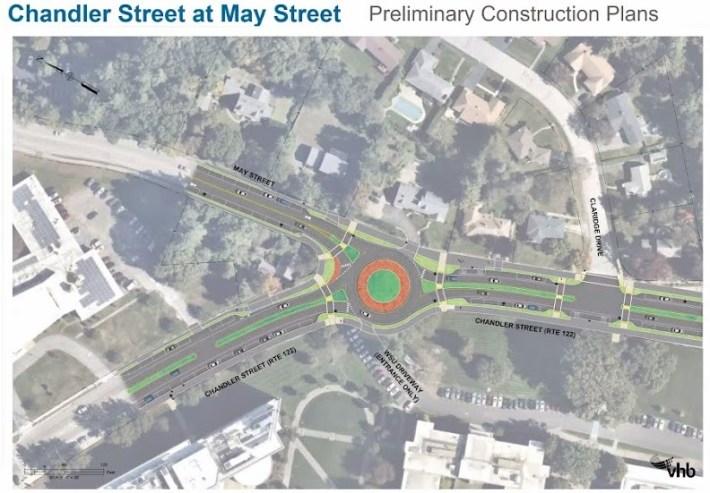
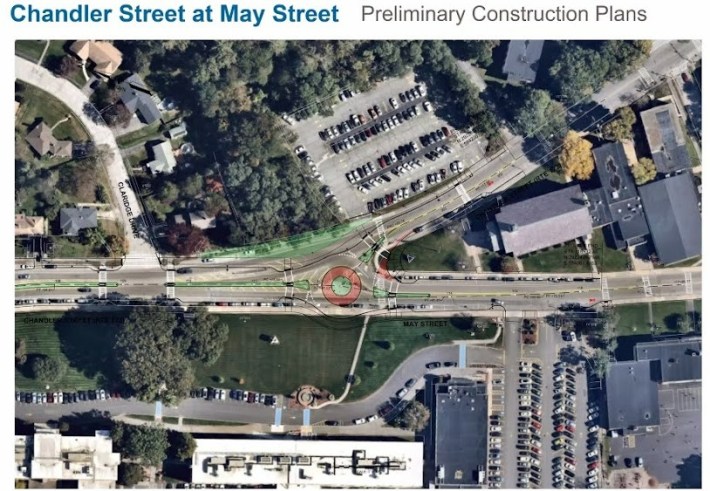
Pham explained, ”Roundabouts reduce severity of vehicle on vehicle crashes by increasing the deflection angles as well as reducing vehicle speeds. Roundabout operation benefits include shorter queue and fewer delays. Pedestrians will only need to cross one direction of travel at a time, which leads to an increase in bicycle and pedestrian safety.”
Additionally, the team further explained that a major safety element of roundabouts is that they simply have less conflict points, or as Pham said, “potential accident points.”

As for accessibility features, Champeau shared there will be detectable warning panels at all crosswalks and that while the current plan doesn't include audio signals the team will double check with the city to make sure they’re okay with it.
Jack, a community member who passes through this area on foot regularly, shared his excitement about the project, but expressed concern about cars leaving the roadway and injuring pedestrians or cyclists. He asked whether additional physical barriers, like bollards, would be added.
“We do not anticipate any guardrails to be installed,” said Sam Greelis, a project engineer. Instead, by making the road narrower, designers expect that drivers will drive slower without the need for physical barriers.
Pham restated the intent of the road diet and narrowing the road, “it would psychologically make drivers drive a little bit slower without the needed physical barriers that you may be thinking of. So I hope that this is a good design that we can feel safe about.“
MassDOT expects to complete the detailed design for the project by the fall of 2024 to start construction, which would last approximately two years, in the summer of 2025.
The project is still in design, and questions and comments from the public will be taken into consideration as they complete the design.
Folks can email their feedback to dot.feedback.highway@state.ma.us with the subject line “MassDOT Project Fil No. 608961 Worcester - Chandler Street at May Street” preferably by June 29th (10 working days from the public hearing), but comments will still be accepted after that date.
_________________________________________________________________________________________
Learn more: Chandler Street and May Street Improvements project website
